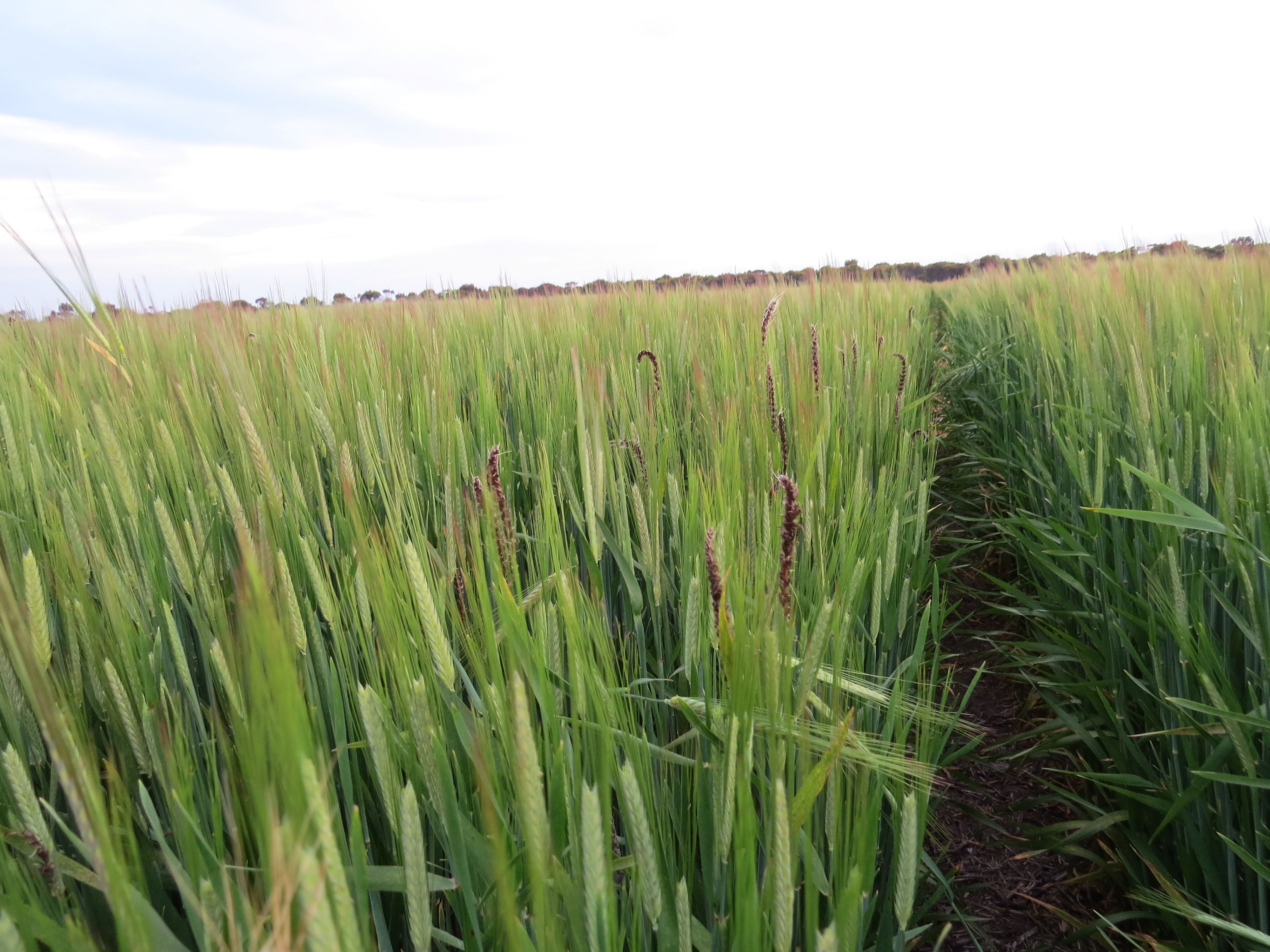
DPIRD research scientist Andrea Hills said that although nothing could be done about disease in this year’s crop, transmission of the disease into 2025 crops could be effectively controlled with registered fungicide seed treatments.
“Airborne spores of barley loose smut infect the embryo of the forming seed. When the infected seed is harvested and sown next autumn, the tillers of the new plants produce heads that contain spores of loose smut instead of grain, reducing crop yields and continuing the disease cycle,” Ms Hills said.
“Seed dressings work by preventing the transmission of disease from the infected seed into the emerging plant so that the grain and head can develop normally.
“Loose smut is a visually impressive disease – plant infection of only a few percent looks much worse at first glance and the level of infection in harvested seed may not always be as high as feared.
“Even when seed infection levels are high, the most effective seed treatments can reduce the level of loose smut in crops to nearly zero.”
The effectiveness of registered fungicide seed treatments means growers do not necessarily have to replace their barley seed.
“Correct application of seed treatments is vital in successfully controlling the disease,” Ms Hills said.
“Growers who apply seed treatments on farm should calibrate the auger and applicator that they are using, as under and over treating seed is money wasted in addition to poor disease control.”
Variety trials supported grower observations that barley varieties in the Hindmarsh family tended to be more susceptible to loose smut than others.
“Seed of some barley varieties needs to be protected against loose smut every year, especially in the medium to high rainfall regions,” Ms Hills said.
More information on loose smut control is available from the DPIRD website or DPIRD Digital Library.


